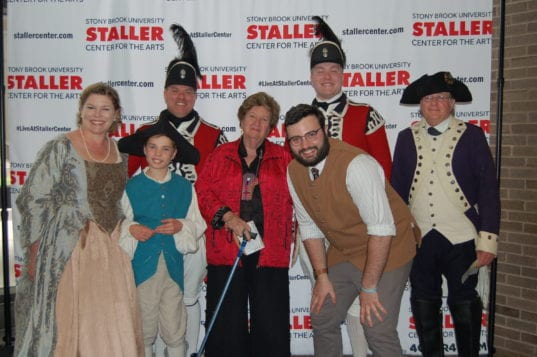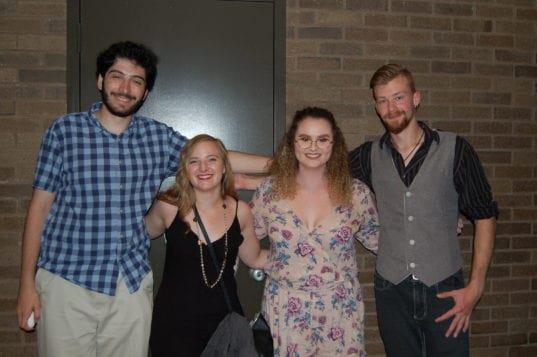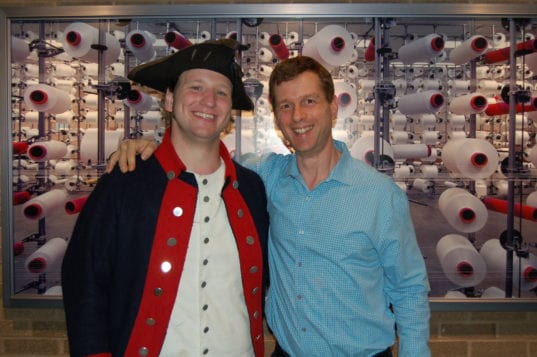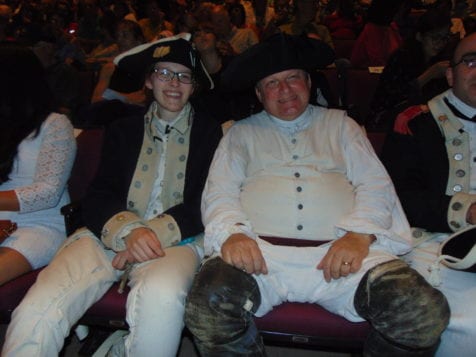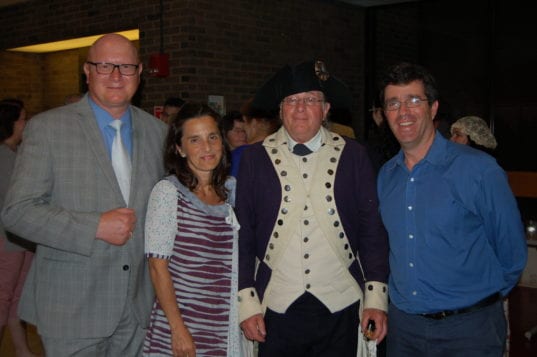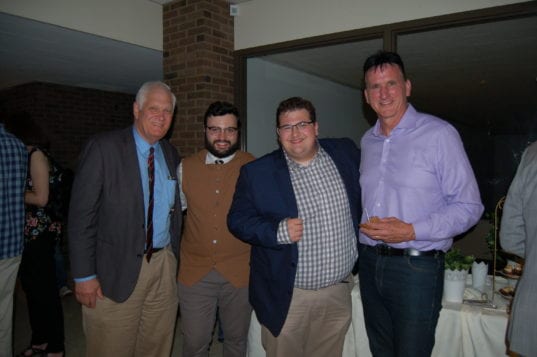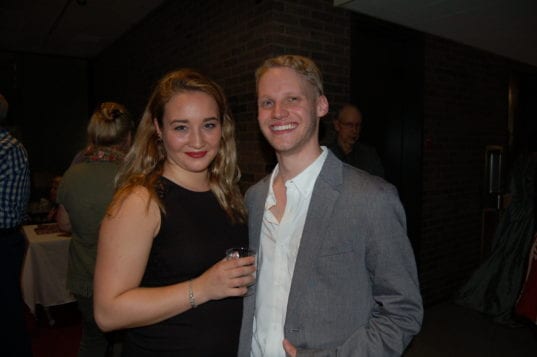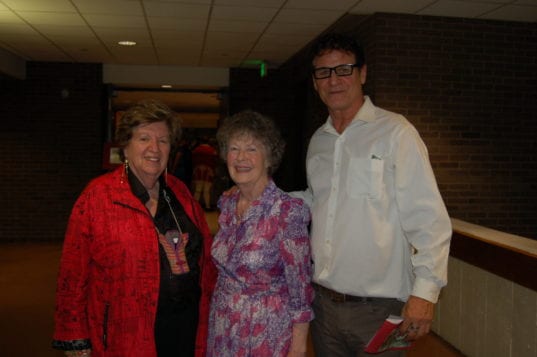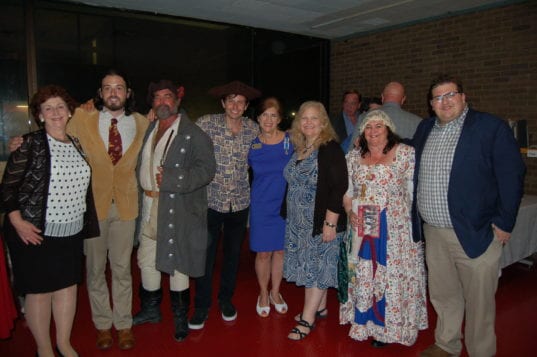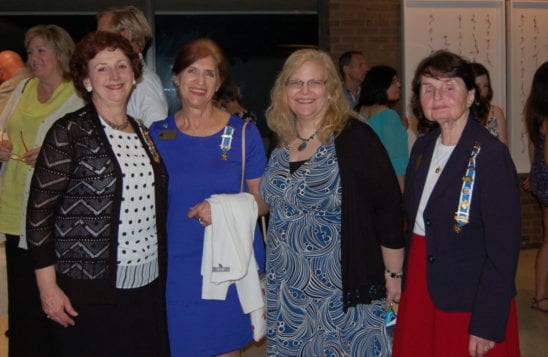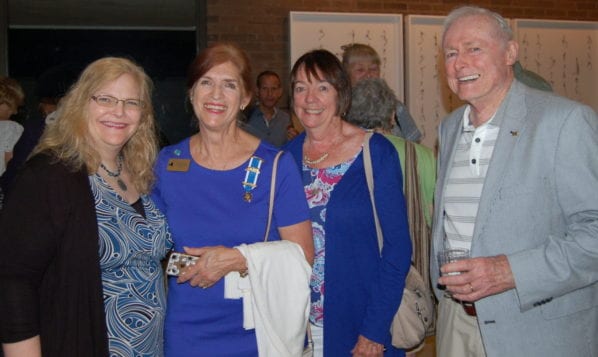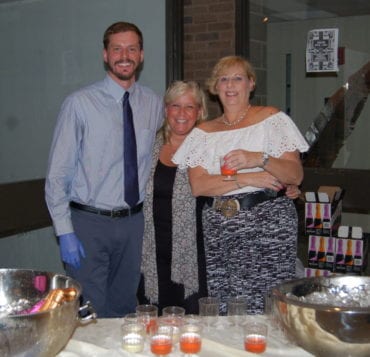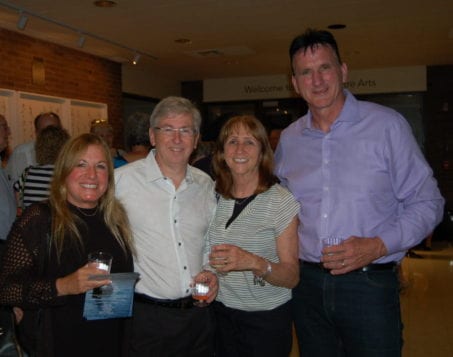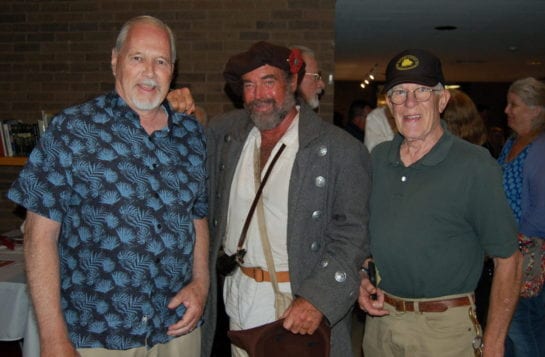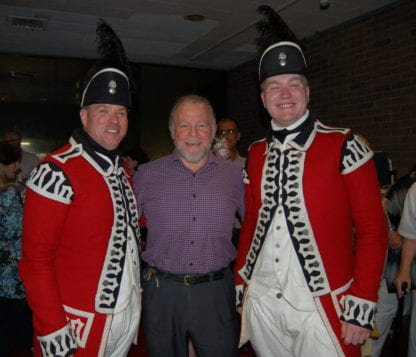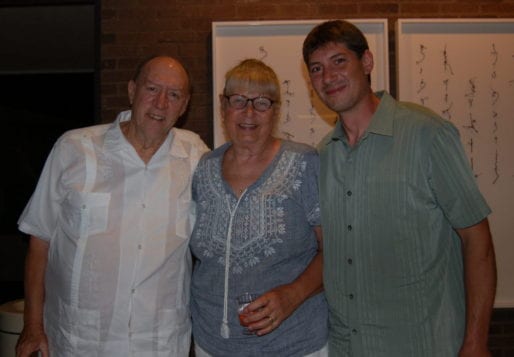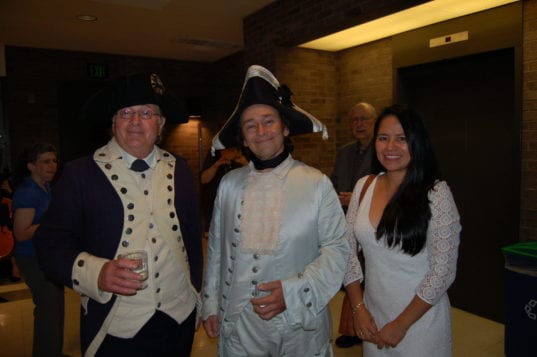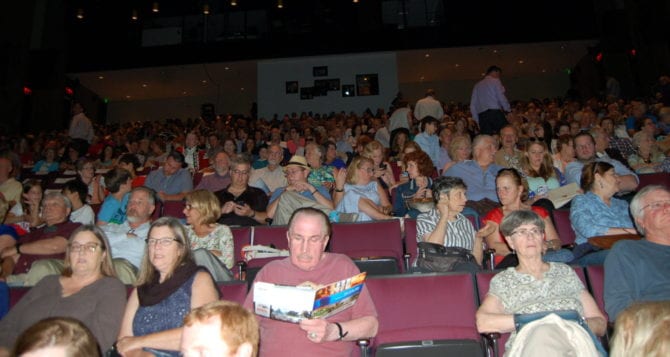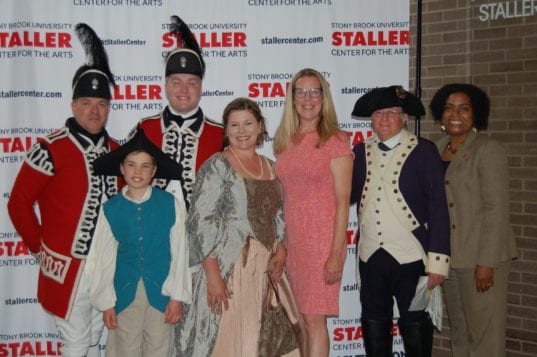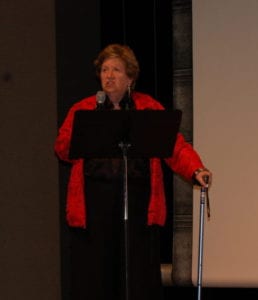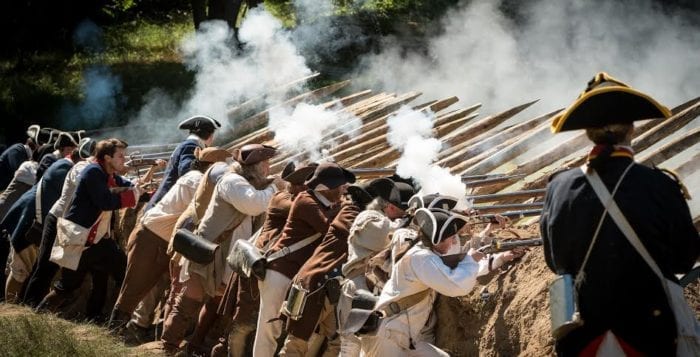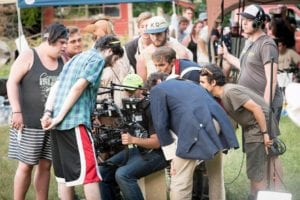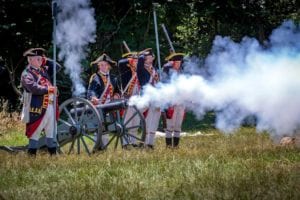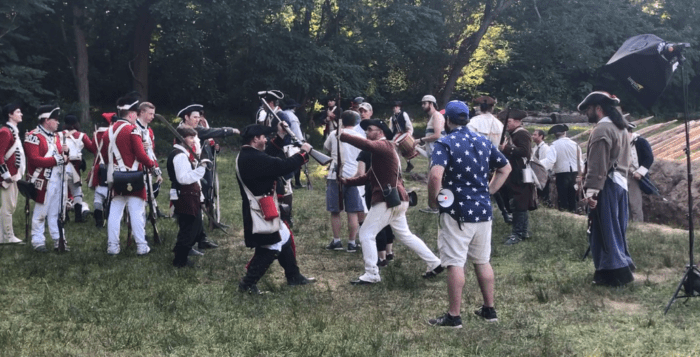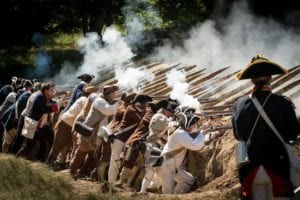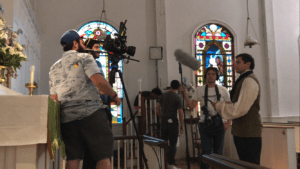By Benji Dunaief
People sometimes ask, “Where did you grow up?”
I grew up in Lower Merion, an unassuming quiet suburb about 20-30 minutes outside of Philadelphia. I attended the local public schools, including Lower Merion High School, or just “LM” for short. Most would probably agree that LM is an above average public school, but they’d also probably agree that it’s not particularly extraordinary, except for one reason. Kobe Bryant went to Lower Merion High School.
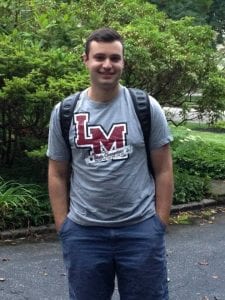
My freshman year coincided with the opening of LM’s brand new school building. The old building had been there for over 100 years, and the district had decided to start anew. On my first tour of the new school when I was still an eighth grader, one feature stood out to me above the rest – the soon-to-be-named Kobe Bryant Gymnasium. The gym, paid for in part by a substantial donation from Kobe, was to be a testament to the storied history of Lower Merion sports over the century since the school’s founding.
Of course, that history is heavily punctuated by Bryant’s own legacy. The perimeter of the gym is plastered with murals of Kobe in LM jerseys, his name is scrawled in massive cursive over the entrance and a glass case housing memorabilia from Kobe’s LM career is located just outside the gym. A very well-vacuumed LM embroidered rug was placed at the foot of the case, and my friends and I used to joke that its real purpose was for students to pay respects by bowing down to the “Kobe shrine.”
A few months into my freshman year, LM planned a gym dedication ceremony for the ages. The ceremony was scheduled to coincide with a matchup between the Lakers and the Sixers in Philly, so that Kobe would already be in town. The black-tie event featured a performance from popular local rapper Chiddy Bang, and a myriad of celebrities were in attendance, including several members of the Philadelphia Phillies who showed up to support Kobe, and nearly the entire Lakers team came too. Tickets for students and community members were in the hundreds of dollars.
I’m not going to lie, when I first saw everything, I thought it was way over the top. I thought he was just another celebrity personality in the middle of a big publicity stunt. But then I heard the stories from old teachers who had taught him way back when. Stories about how friendly and eager he was to learn — he still kept in touch with his English teacher. Stories from former classmates and students who had seen him in the halls — always smiling and laughing — or had the opportunity to sit down and talk with him — he always made time to talk with alumn. Then I joined the basketball team, the Aces, (to film games and create video highlights and definitely NOT to play) and saw how he still guided and influenced that team 18 years after he took his last fadeaway in the maroon and white. He aided the team both physically, by gifting crates upon crates of his branded warm-up attire, jackets, and sneakers (even creating special “Aces Edition” Kobe’s), and spiritually, by frequently tweeting to support the Aces and inviting them to his basketball camps. His relationship with head coach Gregg Downer remained strong, and the two frequently talked. Kobe called Downer the most influential coach in his entire career. Studying Downer’s gritty, give-everything-you-got coaching philosophy, it’s not hard to see that helping to shape the scrappy and relentless style of play Kobe became famous for.
Most high schools have notable alumni. For example, Cheltenham High School, which is just on the other side of town, has an insane number of famous alumni, including Prime Minister of Israel Benjamin Netanyahu, Baseball Hall of Famer Reggie Jackson, 15-time Grammy Award winner Michael Brecker, and rapper Lil Dicky. But you would probably not have first associated those people with Cheltenham. When I’m out somewhere wearing Lower Merion apparel, whether in Europe, Canada, Chicago or Los Angeles, people will recognize the name, and it’s usually followed by a “huh, Kobe.”
Kobe Bryant isn’t just an alum of Lower Merion. Kobe Bryant took an active role in shaping the culture and the ideals of Lower Merion and he simultaneously allowed himself to become shaped by it, to the point where there was hardly a way to separate one from the other. Kobe Bryant made Lower Merion his own.
When people ask me “Where did you grow up?” I say, “Lower Merion, I went to Kobe Bryant’s high school.”
Benji Dunaief is director of TBR News Media produced films “One Life to Give” and its sequel, “Traitor: A Culper Spy Story.”


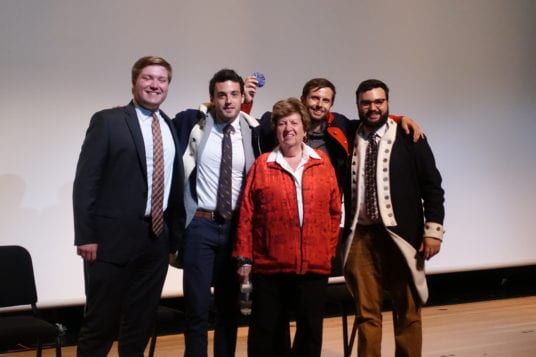
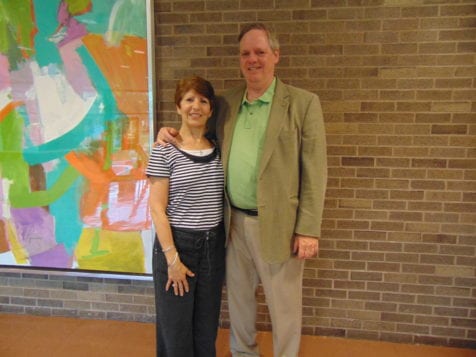
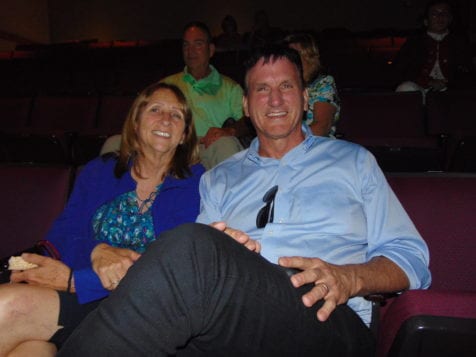
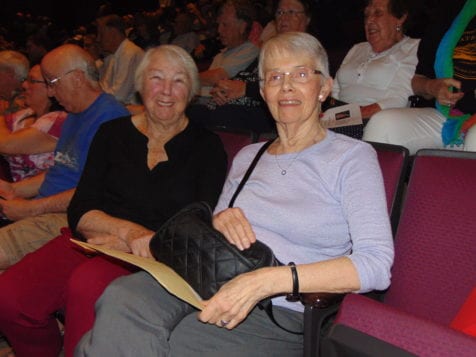
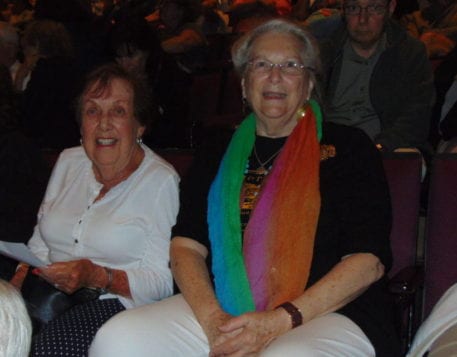
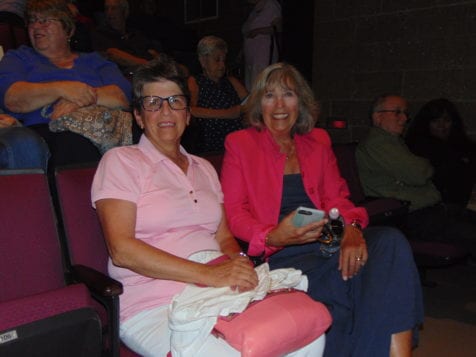
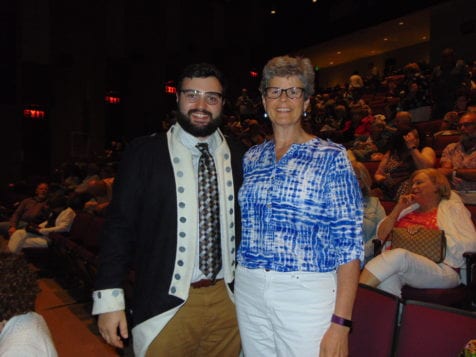
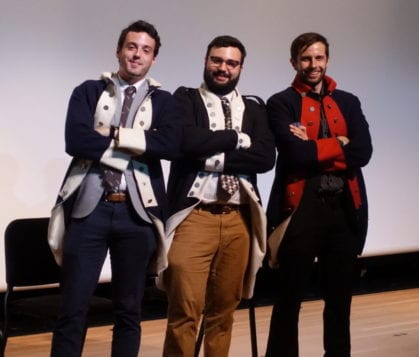
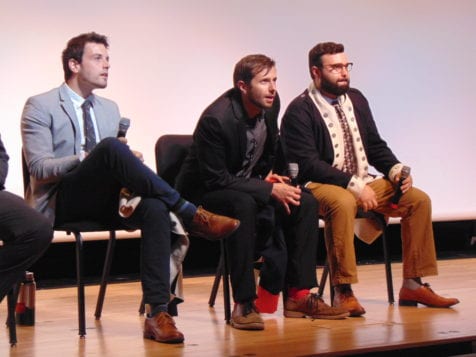
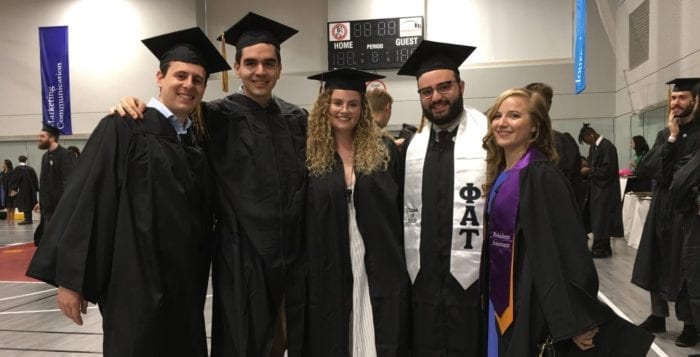
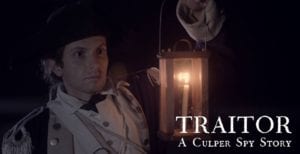
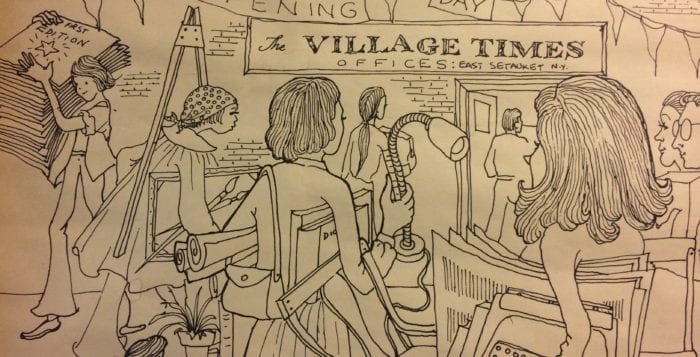
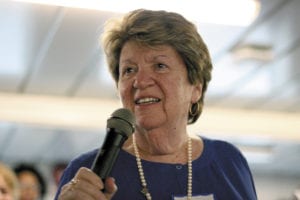
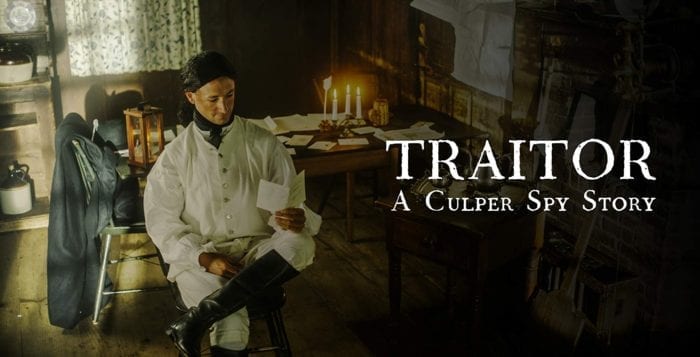
 Now the shoe is on the other foot.
Now the shoe is on the other foot.